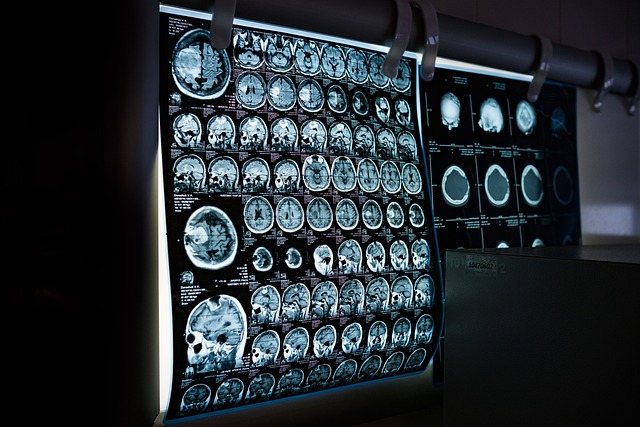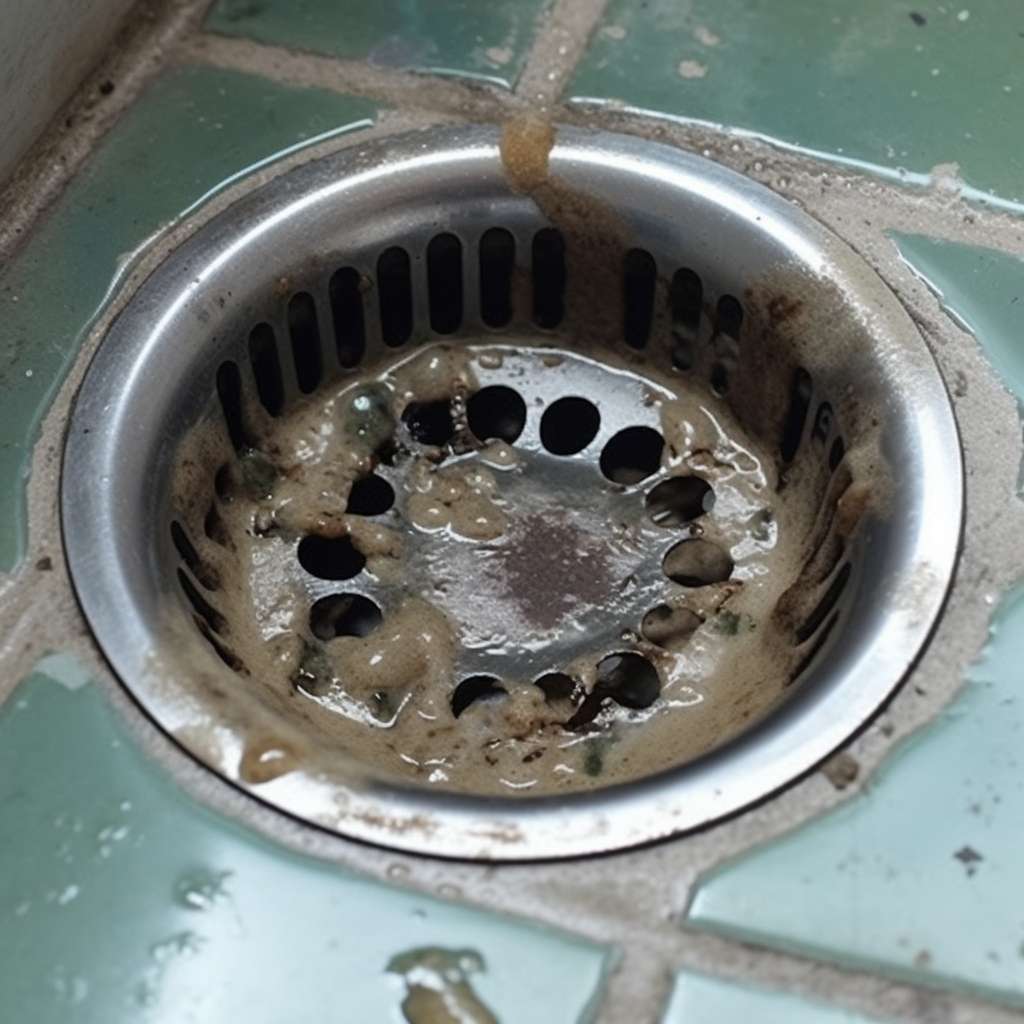Heating Systems in the U.S.: Key Options for Residential Comfort
Heating systems in the United States vary widely, from furnaces and heat pumps to boilers and radiant systems. Differences in climate, home design, and energy efficiency needs shape which system offers the best balance of performance, reliability, and long-term operating costs.

The United States heating market encompasses diverse technologies designed to meet varying climate demands from Alaska’s frigid winters to Florida’s mild cold seasons. Modern heating systems have evolved significantly, incorporating advanced efficiency standards and smart technology integration that reduces energy consumption while maintaining consistent indoor temperatures.
Heating Systems in the US Market Overview
The American residential heating landscape includes several primary technologies, each suited to different home sizes, regional climates, and energy preferences. Natural gas furnaces dominate many markets due to abundant domestic gas supplies, while electric systems serve areas without gas infrastructure. Regional preferences often reflect local utility costs, with northeastern states favoring oil systems and western regions increasingly adopting heat pump technology.
Furnace systems represent the most common heating solution, utilizing combustion or electric resistance to generate heat distributed through ductwork. Modern furnaces achieve efficiency ratings between 80-98% AFUE (Annual Fuel Utilization Efficiency), with condensing models capturing additional heat from exhaust gases.
Home Heating Options for Different Property Types
Residential properties require heating solutions matched to their architectural characteristics and occupancy patterns. Single-family homes typically accommodate central heating systems with extensive ductwork, while apartments and condominiums may utilize individual unit heaters or shared building systems.
Boiler systems excel in multi-story homes and older properties with existing radiator infrastructure. These systems heat water or generate steam for distribution through pipes to radiators or radiant floor systems. Hydronic heating provides consistent temperatures and operates quietly compared to forced-air alternatives.
Zoned heating systems allow temperature control in different areas, reducing energy waste in unused spaces. Smart thermostats and damper controls enable precise temperature management, particularly beneficial in larger homes with varying occupancy patterns throughout the day.
Furnace Installation USA Requirements and Considerations
Furnace installation involves complex requirements including proper sizing calculations, ductwork design, and local building code compliance. Professional installation ensures optimal performance and safety, particularly for gas-fired units requiring proper venting and combustion air supply.
Installation costs vary significantly based on system complexity, existing infrastructure, and regional labor rates. Homes requiring new ductwork installation face substantially higher costs compared to replacement installations using existing distribution systems.
Permitting requirements differ across municipalities, with most areas requiring inspections for gas connections, electrical work, and final system commissioning. Professional contractors handle permit applications and coordinate required inspections throughout the installation process.
Energy Efficient Heating Technologies and Standards
Energy efficiency standards continue advancing, with federal regulations requiring minimum efficiency levels for new equipment. High-efficiency systems reduce operating costs while minimizing environmental impact through reduced fuel consumption and emissions.
Condensing furnaces achieve efficiency ratings exceeding 90% by capturing heat from exhaust gases that traditional systems waste. These units require special venting materials resistant to acidic condensate but provide significant energy savings in cold climates with extended heating seasons.
Variable-speed blowers and modulating burners enhance efficiency by adjusting output to match heating demands. These technologies reduce energy consumption during mild weather while maintaining comfort during peak heating periods.
Heat Pump Systems US Market and Performance
Heat pump technology gains popularity across American markets due to improved cold-weather performance and dual heating-cooling functionality. Modern heat pumps operate effectively in temperatures previously requiring backup heating systems, expanding their viable geographic range.
Air-source heat pumps extract heat from outdoor air even during winter conditions, while ground-source systems utilize stable underground temperatures for enhanced efficiency. Geothermal systems require higher initial investment but provide exceptional long-term operating efficiency.
Cold-climate heat pumps incorporate advanced refrigerant technologies and variable-speed compressors maintaining heating capacity at temperatures below 0°F. These systems challenge traditional heating methods in northern markets previously dominated by furnaces and boilers.
| System Type | Provider Examples | Cost Estimation | Key Features |
|---|---|---|---|
| Gas Furnace | Carrier, Trane, Lennox | $3,000-$8,000 | High efficiency, reliable operation |
| Electric Heat Pump | Mitsubishi, Daikin, Rheem | $4,000-$12,000 | Dual heating/cooling, energy efficient |
| Boiler System | Weil-McLain, Buderus, Viessmann | $5,000-$15,000 | Radiant heat, quiet operation |
| Geothermal System | WaterFurnace, ClimateMaster | $15,000-$30,000 | Highest efficiency, long lifespan |
Prices, rates, or cost estimates mentioned in this article are based on the latest available information but may change over time. Independent research is advised before making financial decisions.
Selecting appropriate heating systems requires careful consideration of climate conditions, home characteristics, and long-term operating costs. Professional assessment helps identify optimal solutions balancing initial investment with ongoing efficiency benefits. Modern heating technologies offer improved comfort and reduced environmental impact while meeting diverse residential heating needs across American markets.




